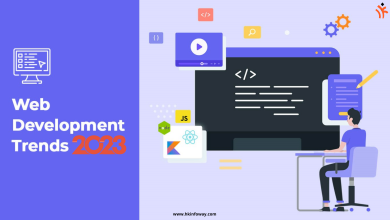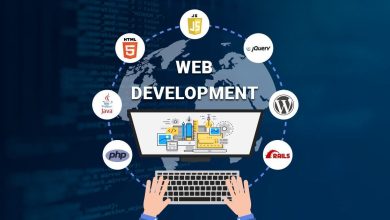Data-Driven Recruitment: How It’s Done Right

Data-driven recruitment is an approach that uses objective and measurable data from analytics and other sources to build a profile of the ‘best candidate‘ you could go on to recruit. In that talent pool, recruiters use various tech tools like resume-parsing, video interviewing, skills, and cognitive tests to narrow down to shortlist the best of the best. In the end, data-driven recruiting provides the most accurate data to recruiters.
Benefits of Data-Driven Recruiting
A few benefits of data-driven recruiting for Talent Acquisition and hiring teams:
- Hire better quality candidates
- Outline all hiring problems, including any exclusions
- Reduces bias in hiring
- Effectively assess average hiring time
- Provide more diversity and equity
Tools and Techniques for Data-Driven Recruitment
Job Page Analytics
The Job Page Analytics features offer rich visualizations of how many people land on the page and how many candidates started and completed applications. The job page analytics feature also allows recruiters to quickly identify trends in a job’s traffic and application rate to determine actions that need to be taken. This data can be used to make strategies for similar positions.
Resume Parsing
A resume parser is software designed to scan a resume, analyze, and extract specific information necessary to recruiters. Resume parsers extract the most relevant information and store the data in the appropriate format for easy analysis and review.
Read More: What is the difference between Recruitment and Executive Search?
Video Interview Platforms
Video interviews make the hiring process easier, quicker, and more convenient for employers and candidates alike. It doesn’t matter where you or your candidates are or when your schedules align: With video interviewing software, interviews can happen anytime, anywhere.
Online Skills Assessment platforms
One major advantage to online assessment platforms is that; candidates can access these platforms from anywhere in the world. This way, the employer can get a wider variety of candidates that fit his criterion, and the candidate can apply for the job from anywhere he feels comfortable doing so. These platforms are remarkable in providing such an effortless service that saves both time and money.
Key Pillars of Data-Driven Recruitment
1. Metrics to have
First, you must decide which metrics will be tracked when using data-driven recruitment. According to your recruiting goal, there are many metrics, depending on your company’s capabilities and how much money you wish to spend tracking the data.
2. Collect your data
Once you know what data to track, you’ll need a method for collecting that data. Website analytics can be used to monitor conversion rates on your careers page to determine how many people go from looking at job listings to applying.
You can run reports to provide information such as job offer rates or hiring time while using an applicant tracking software. You may also need to gather additional data through creative means, such as creating online surveys for candidate feedback.
3. Respond to the data
Once you collect the data, it’s time for you to respond. If you receive candidate feedback that points to issues in your hiring process, adjust the process accordingly.
If you find you’re spending too much on the recruitment process, you may find ways to reduce costs through streamlining a few procedures. There are multiple ways to respond to data you’ve gathered.
You may need people from your organization to agree with these changes in accordance with their significance. For example, if you’re planning to alter the careers page to improve candidate retention, collaborate with your marketing or website teams. Additionally, the high turnover rate throughout your organization is a topic that extends beyond HR.
4. Use your data to plan for the next steps
You might respond to some data immediately, while other data types inspire long-term changes. You might use this data to reassess your entire recruiting process and what you might want to change across the whole company. These changes take time, and you may even decide to track new data as changes are made.
For instance, say you want to track the number of qualified candidates per hire, as well as the percentage of bad hires. This can give you a complete picture of your recruiting process because you might discover the unqualified candidates outweigh the stronger ones. These data sets thus prompt long-term recruiting decisions.
Final Thoughts
Data-driven recruitment isn’t rocket science or any magic. Data-driven is all about the game of technology, tools and data sets. Recruiters can improve the matrices mentioned below with a strong data-driven recruiting process.
- Cost per hire
- New hire performance
- Job offer rates
- Qualified applicants per hire
- Careers page conversion rates
- Hiring time
- Application conversion rates
- Candidate feedback
- Resignations and other turnover rates
- Percentage of bad hires




